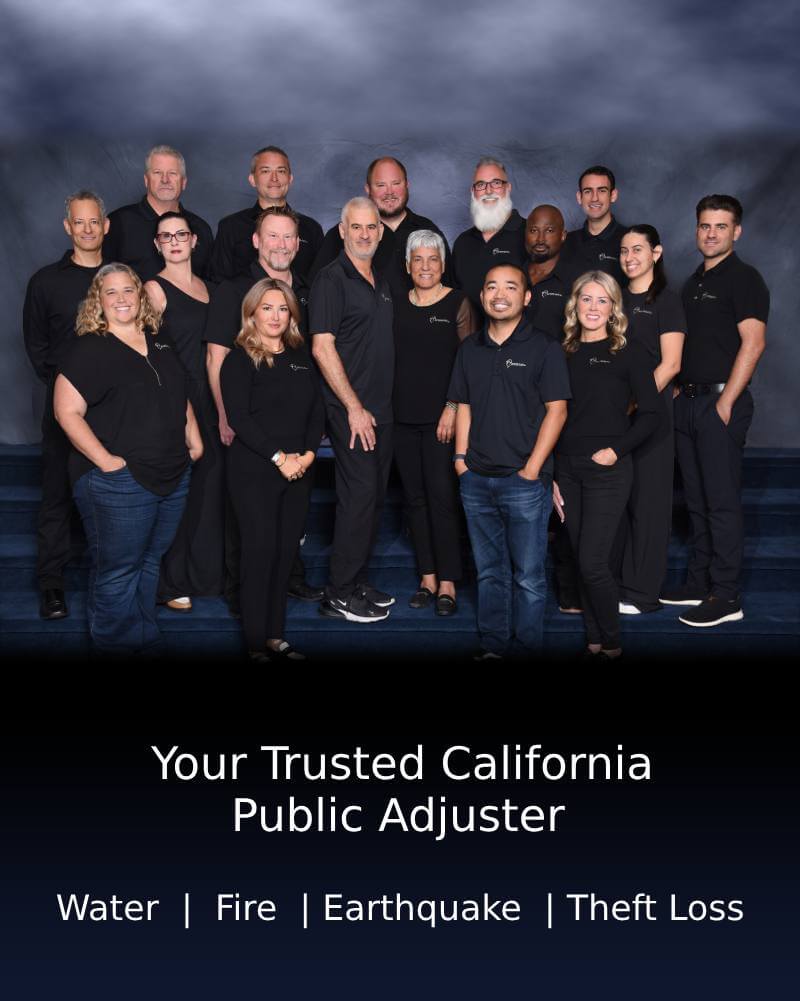Homeowners Insurance Glossary

Homeowners’ insurance can feel like learning a new language. Between deductibles, endorsements, and exclusions, it’s easy to get overwhelmed.
That’s why Avner Gat, Inc. created this no-fluff glossary, so you can finally understand what your policy is really saying. Whether you’re reviewing a quote or filing a claim, clarity starts with knowing the terms.
Core Coverage Components
Dwelling Coverage
This covers the structure of your home itself, walls, roof, built-ins, and anything attached to the house. If a fire or windstorm damages your property, this part of your policy helps pay for repairs or rebuilding.
Other Structures Coverage
Covers structures on your property that aren’t physically attached to the main house. Think detached garages, sheds, fences, or gazebos.
Personal Property Coverage
This protects your stuff, furniture, clothing, electronics, and more. Be mindful: there’s usually a cap on high-value items like jewelry or collectibles, unless you’ve added extra coverage.
Loss of Use (Additional Living Expenses)
If your home becomes uninhabitable due to a covered event, Additional Living Expense (ALE) coverage can help cover the cost of living elsewhere, including hotel stays, meals, and even transportation.
To better understand how this coverage works and what it typically includes, learn more about Additional Living Expense coverage here.
Liability Protection
This kicks in if someone is injured on your property or if you’re found responsible for damaging someone else’s property. It helps with legal fees, settlements, and medical expenses.
Medical Payments to Others
This offers quick, no-fault coverage for minor injuries that happen to guests on your property, like if someone slips on your front step.
Key Policy Terms
Premium
What you pay to keep your policy active. Premiums are typically paid monthly or annually and are determined by factors like your home’s location, construction, and claim history.
Deductible
The amount you pay out-of-pocket before insurance coverage kicks in. A higher deductible usually means a lower premium, but you’ll pay more if you file a claim.
Peril
A peril is a risk or event that could cause damage, like fire, theft, or hail. Covered perils are outlined in your policy, and it’s crucial to know which are included.
Exclusion
These are the “no-go zones” in your policy—events or conditions that aren’t covered. Common exclusions include floods, earthquakes, and intentional damage.
Endorsement (Rider)
An endorsement changes or extends the terms of your policy. You might add one to cover a home office, expensive artwork, or a specific hazard not included in your base policy.
Actual Cash Value (ACV)
This is what your damaged or stolen item is worth today, after accounting for depreciation. It’s often less than what you paid or what it would cost to replace the item.
Replacement Cost Value (RCV)
RCV covers the cost of replacing an item with a new one of similar kind and quality, without deducting for depreciation.
Note: Understanding the difference between replacement cost and actual cash value is crucial when selecting insurance coverage. This guide breaks down the pros and cons of each and helps you determine which option may be better suited for your needs.
Extended Replacement Cost
Adds a cushion to your coverage limits in case rebuilding your home ends up costing more than expected due to inflation or rising labor and material costs.
Specialized Coverages
Ordinance or Law Coverage
Covers additional rebuilding expenses required to bring your home up to current building codes. Especially important for older homes that may not meet new standards.
Scheduled Personal Property
Provides extra coverage for high-value items like engagement rings, fine art, or luxury watches that exceed the standard personal property limits.
Inflation Guard
Automatically increases your policy limits over time to keep up with inflation. This ensures your coverage doesn’t fall short as construction costs rise.
Fair Rental Value
If you rent out part of your home and a covered loss makes it uninhabitable, this helps replace the lost rental income during repairs.
Policy Types
HO-3 Policy
The most common type of homeowners’ policy. It offers broad coverage for the structure and named perils for personal property. It’s flexible and comprehensive.
HO-4 Policy (Renters Insurance)
Designed for tenants, this covers personal belongings and liability, but not the building itself.
HO-6 Policy (Condo Insurance)
Built for condo owners. Covers the interior of the unit, personal property, and liability, but excludes shared areas handled by the condo association’s master policy.
Claims and Adjustments
Claim
A formal request to your insurer for payment based on a covered loss. The sooner and more accurately you report a claim, the smoother the process will go.
Adjuster
A representative from your insurance company who assesses damage and determines the value of your claim. They’re a key part of the resolution process.
Underwriting
The behind-the-scenes process your insurer uses to evaluate risk before issuing a policy. It determines your premium and coverage eligibility.
Final Thoughts
Understanding the fine print in your homeowners insurance policy doesn’t need to feel like decoding a legal textbook. With this glossary, you have a practical, jargon-free guide to every key term that matters. At Avner Gat, Inc., we’re not just here to sell policies—we’re here to make sure you know exactly what you’re paying for.
Need help reviewing or updating your coverage? Our experienced team is just a conversation away. Call us at (818) 917-5256 to find out how we can help you.



































